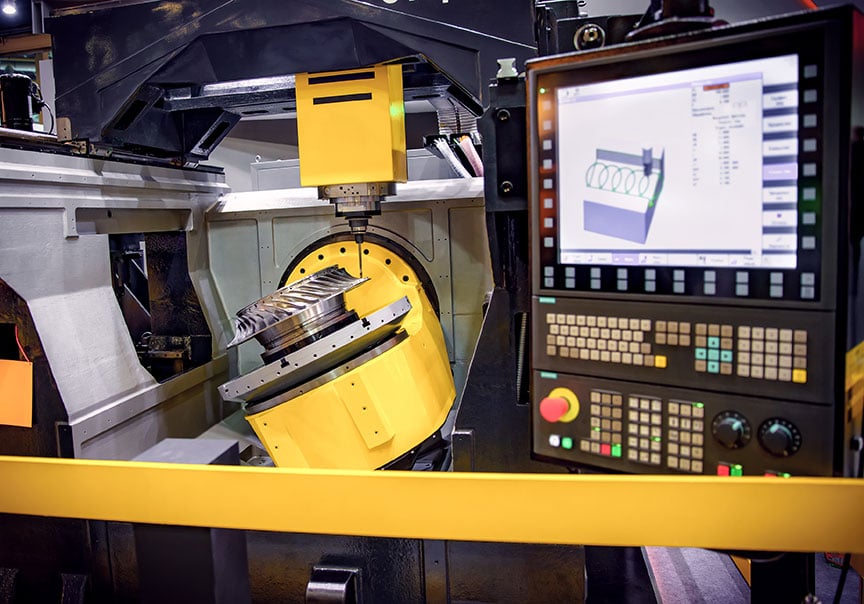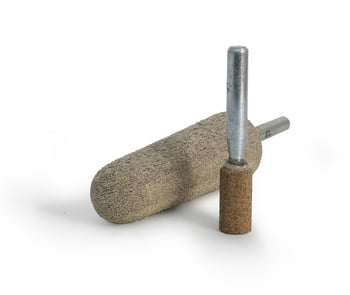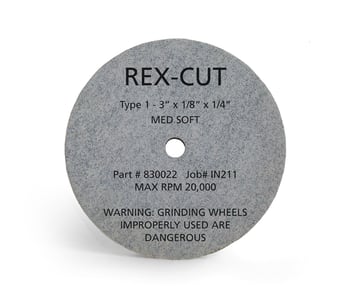Aerospace and defense companies are in the midst of tumultuous times as they face the challenges of new models, material and technological innovations, and supply chain pressure. Additive manufacturing is competing with traditional standards of production to introduce complex, lightweight designs the industry could never achieve with ordinary fabrication and finishing methods.

Although these innovations are still in their infancy, manufacturers need to take note and start to adapt their practices to the rising standards of complexity, speed, and precision to stay competitive. With these steps as a guide, you can fine-tune your operations and ensure that your shop is quickly producing high-quality aerospace parts without costly mistakes.
1. Standardize Inventory
Proper inventory management will save time, money, and reduce the clutter that prevents workers from tackling important problem solving to help improve production. Too much inventory puts stress on shop storage and too little inventory increases downtime making operators less productive.
Inventory management is a daily process that should be mechanized and fit into the existing workflow. One of the best strategies called Kanban comes from lean manufacturing where evolution, rather than revolution is the main goal.
Try the two-bin Kanban system for inventory:
- Create two bins of inventory. Consumables like welding wire, rivets, or abrasive wheels are a great place to start.
- Determine bin quantities by the lead time needed to replenish the stock and how consistently it is used.
- Reorder stock when the first bin is empty.
Kanban is a continuous process that can be applied to anything in your shop. It will help establish a fixed replenishment amount, is inherently simple to follow, and is cyclical. This solution can be assigned to any team member during the busiest days.
The Kanban system reveals the consumables with short working lives. If the bin of abrasives piles up quickly, this is a sign that your shop can benefit from higher quality tools like cotton-fiber abrasives that deburr and finish.
With a system in place, you can relieve the stresses of inventory management and keep everyone focused on the main goal of delivering high-quality aerospace parts on time.
2. Practice Good Preventative Maintenance
What happens if the CNC lathe reams a hole off center and the operator was working by the book? Improper tool maintenance, like an irregular cleaning schedule, can prevent a machine from working accurately and has the potential of requiring more intensive maintenance and more money to fix.
Machine downtime will do more than increase your lead times. If tools are not ready to be used or fail during operation, employees can’t perform their tasks properly and may be in harm's way. Instead of putting the shop’s reputation at risk, put a maintenance schedule into effect.
To ensure you are ahead of any tooling problems:
- Train all operators in regular maintenance protocols
- Schedule regular preventive maintenance duties
- Identify the best time for maintenance by observing the floor and your workflow
- Discuss and establish troubleshooting strategies if errors do occur
Well maintained machines and properly trained operators work together to produce the best work in every shop. The relationships between tools and people need to be mutually beneficial in order to provide consistent results.
3. Select the Right Tools
Engineers design with the high-quality finished aerospace part in mind and need to know that the shop floor has the equipment to finish all the parts necessary. Selecting the right tools for fabrication and finish is imperative to completing a part to spec.
Most shops are already equipped with tried- and- true solutions for fabrication. Yet, the variety of finishing tools tend to change based on the part being made and the operator’s preference. The long list of tooling options can leave the most experienced professional with questions. Bonded abrasives, coated abrasives, flap discs, cotton-fiber wheels, and wire brushes each unique properties and it is helpful to indicate tooling recommendations as a part of the fabrication plan.
Some things to think of while selecting abrasives:
- Most deburring wheels come in set thicknesses, which don't always fit with robotic deburring applications
- Non-woven nylon wheels have a short lifecycle and will need to be ordered in high volume and replaced often
- Abrasives can be customized by select suppliers to meet unique needs
- Cotton-fiber abrasive wheels have give, making them best suited for expensive parts that need to keep profiles intact


Including finishing standards during the entire lifecycle of the part will save time, money, mistakes, and headaches. When in doubt, reach out directly to suppliers to get recommendations based on the tolerances and surfaces you are looking to achieve.
4. Adapt to New Materials
High-quality aerospace parts have one thing in common with the products for the medical field, they require a fine finish to prevent corrosion, improve structural integrity, and be durable. Depending on the materials used, achieving a fine finish quality requires different methods in production.
Aluminum, titanium and new superalloys fill the majority of the market. Traditional aerospace shops are well versed in aluminum and titanium part production and the newest nickel-based alloys can leave the shop operators scratching their heads.
Superalloys have new properties that will effect machining and finishing, including:
- Inconel is preferred for its corrosion resistance but work hardens during cutting. This causes significant tool wear and thermal stress.
- Rene Alloys have a high capacity to resist heat and are difficult to machine. 70% of the heat generated goes back into the cutting tool and requires significant lubrication.
- Hastelloy has outstanding resistance to pitting. Like stainless steel, it degrades with normal fabricating operations and better suited to electropolishing as a means of finishing.
New materials bring new challenges for in-house fabrication and finishing. Take time to research and invest in educating the shop so that each part, no matter if it's made from steel or Inconel, has the same high-quality finish.
The Fine Art of Finish
Metal finishing for the aerospace industry is a science and fine art. Parts require a precise finish that is a challenge to standardize in an industry that requires repeatable, high-volume production. Deviations from a quality benchmark result in downtime, rework, and wasted materials. Take time investing in the right tools to create top quality aerospace parts and use a new approach to make the workflow seamless inside your shop.
Find more solutions to maximize production shop efficiency:
